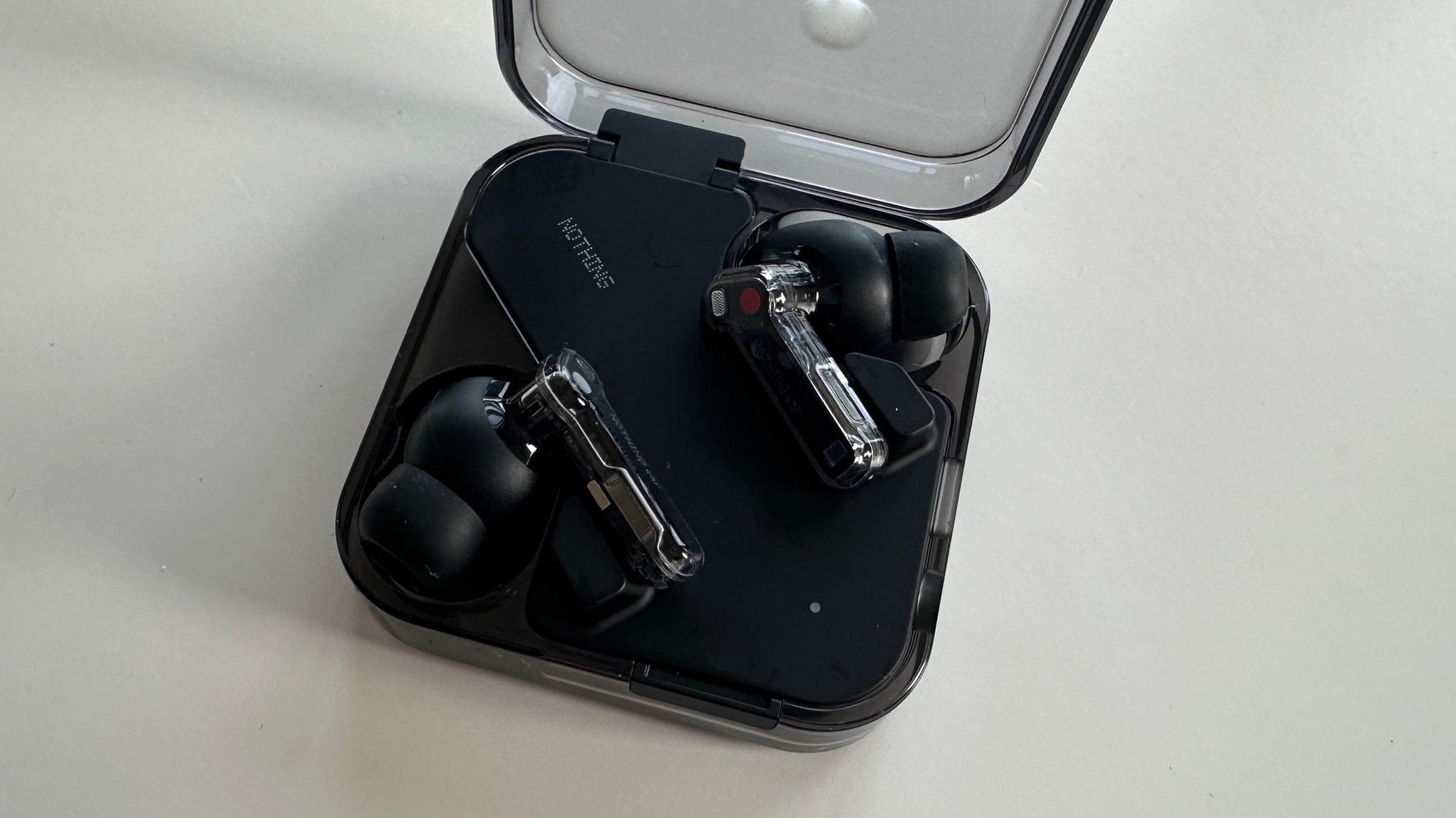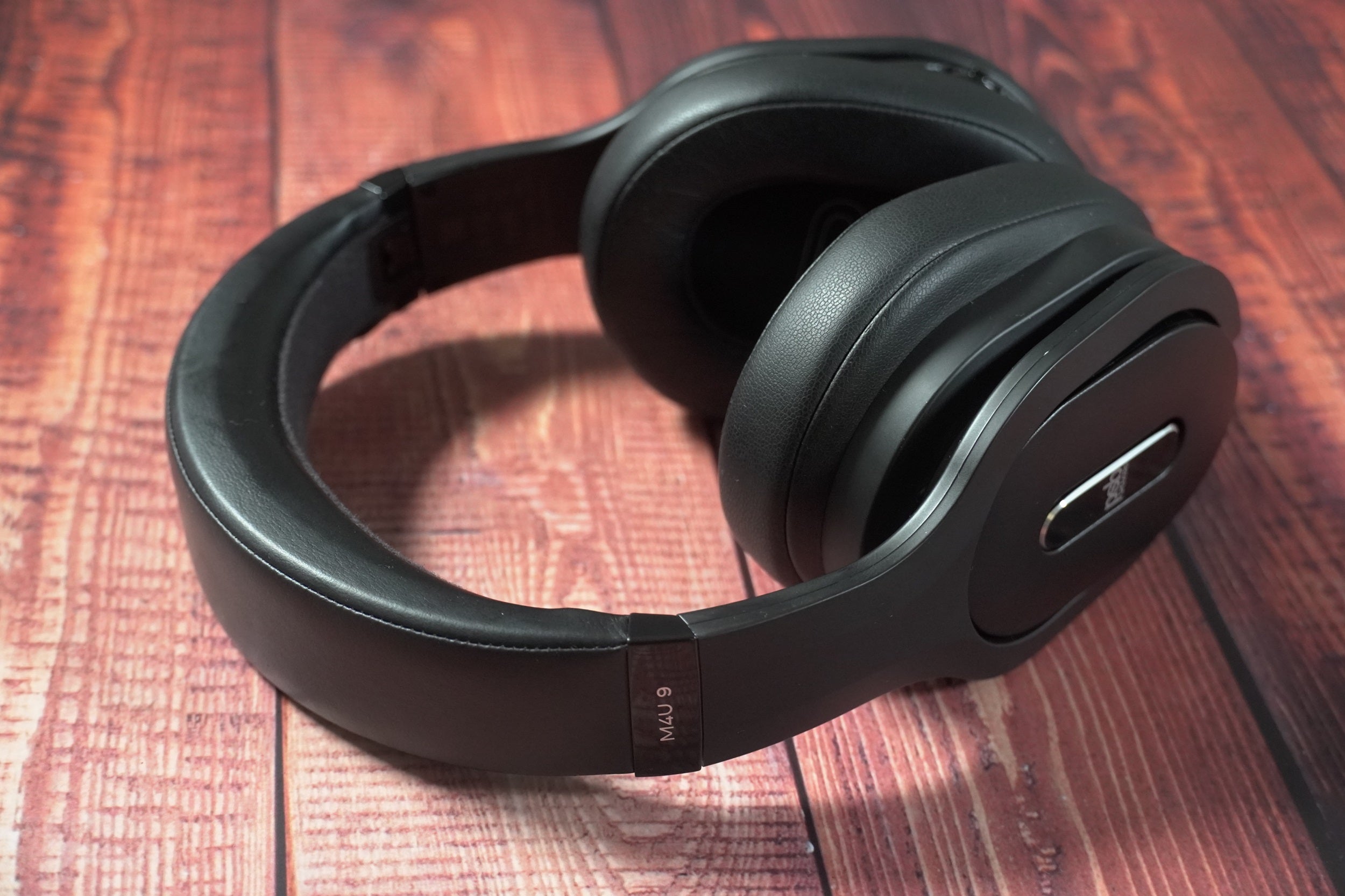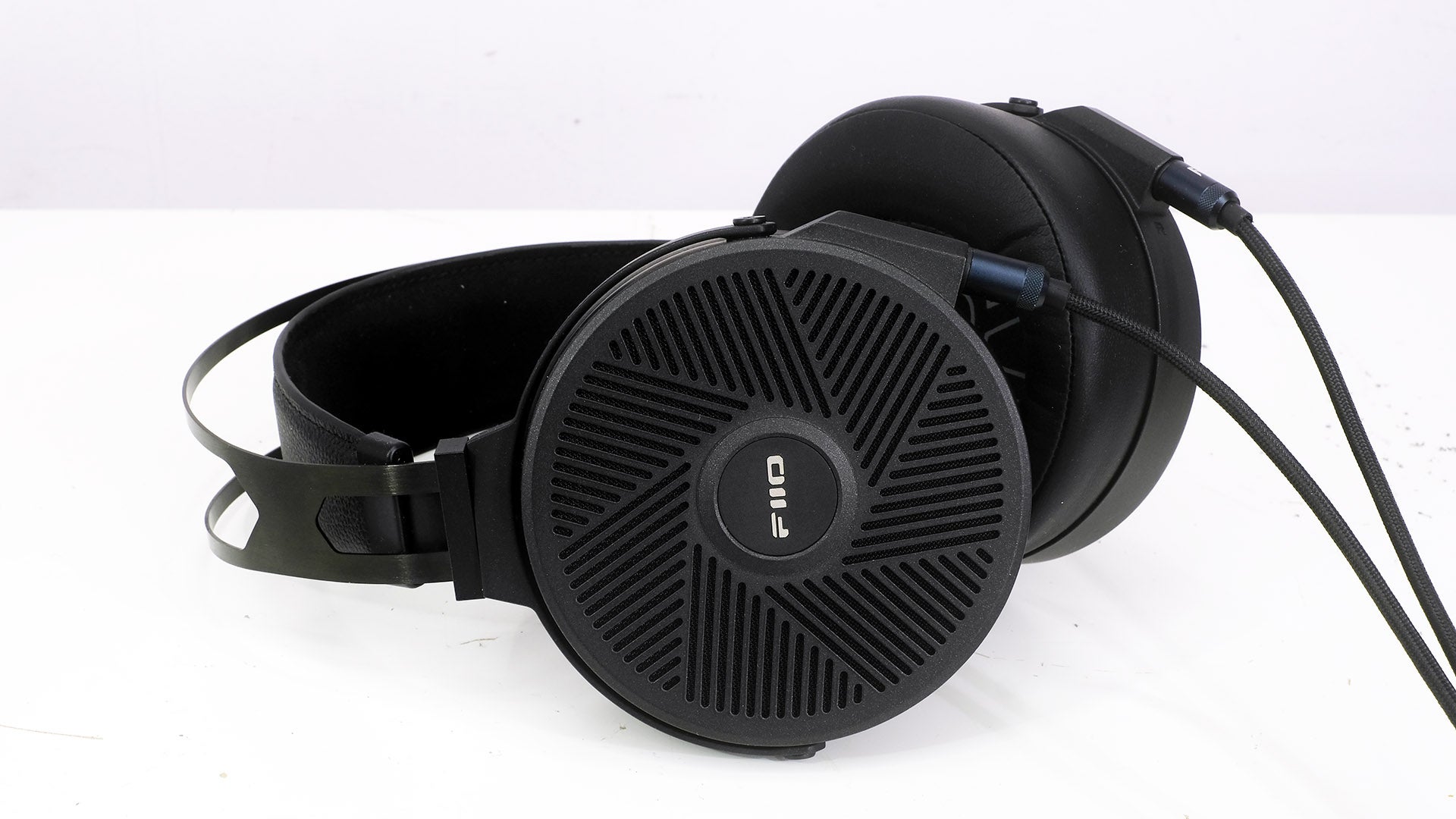Monolith M1070 Review
Monolith in name, monolithic in appearance
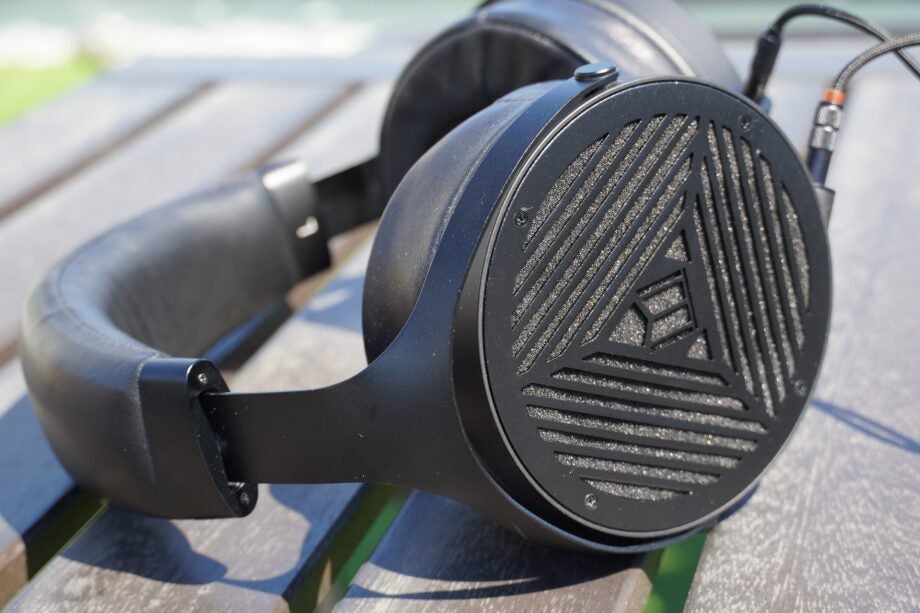

Verdict
The Monolith M1070 are a gigantic pair of open-backed, over-ears that put in a mature, balanced performance. Their gigantic size and weight won’t be for everyone, and they will need an amplifier to draw out their best performance.
Pros
- Clear, detailed and precise performance
- Spacious soundstage
- Surprisingly comfortable to wear
- Good build quality
Cons
- Best performance with a DAC/amplifier
- Big and bulky design
- Soundstage doesn’t feel as wide as it could be
Availability
- UKRRP: £404.99
Key Features
- Open backedOpen design increases width and size of soundstage
- Drivers106m planar magnetic transducer
Introduction
The Monolith M1070 over-ears are from Monoprice, a company that’s made waves in the US with its affordably priced hi-fi and home cinema speakers.
Monoprice are the type of company with fingers in many pies. Their Monolith brand is one of four alongside Dark Matter (PC), Workstream (Work) and Pure Outdoor (erm, transportable hard cases).
Their audio products have been available in the UK for a few years, but it looks as if they’re making a more concerted push into the UK market. M1070 headphones pitch themselves in the affordable audiophile bracket, but we’ve had a look at the Monoprice Harmony Capsule 200 speaker and weren’t too impressed. What can we expect from the M1070 open-backed over-ears?
Design
- Big in every sense of the word
- Surprisingly comfortable for the size
- Only comes in black
The Monolith M1070 are a big and burly pair of over-ears and – like the majority of Monoprice’s products – come in black. They live up to their monolithic name with their appearance.
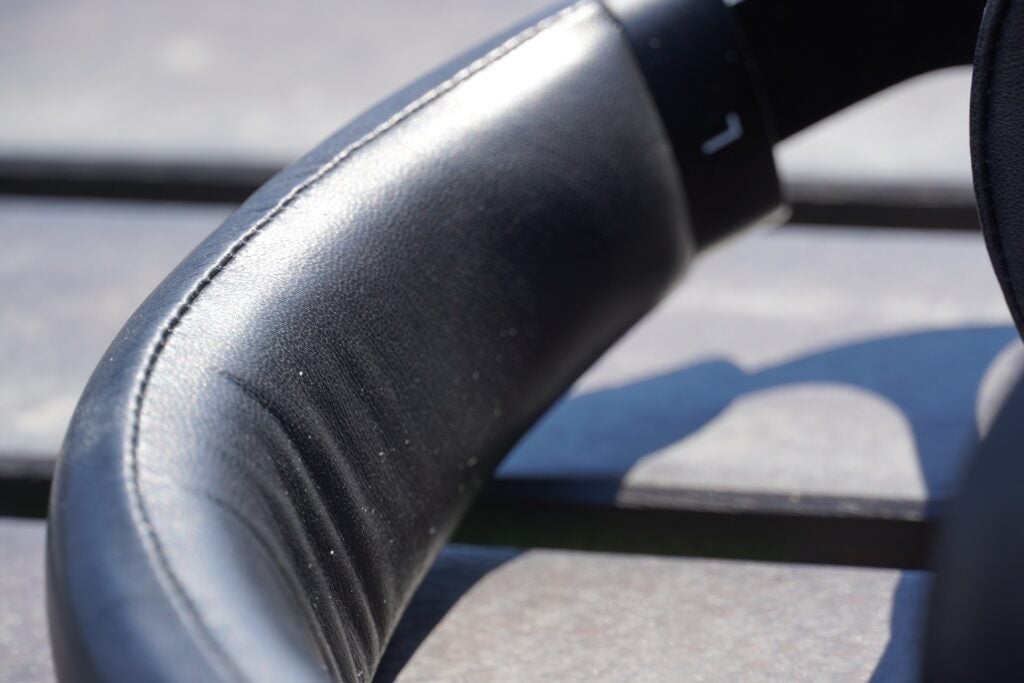
The 580g weight is not exactly what I’d describe as light, but the M1070 wears its heft well enough. The earcups and the space within for the ears are big for anyone with small ears or head, but the huge, wide headband eases the pressure and weight of the earcups. The padding supplied is generous, which means they’re not as heavy on the head as they feel in the hand.
The earpads are so big I can almost see them in my peripheral vision, the clamping force not too tight nor too loose to cause discomfort. The headband is adjustable and the earpads are removable in case they need replacing.

Despite the heft, these are well built cans that don’t feel cheap, though there is an austere quality to their appearance that seems to be a hallmark of the Monolith range. There’s a nice pattern on the side of earcups where you can see the membrane within the earcup, and there’s a jack on both earcups to ‘click’ the cable in. The cable itself can get knotty, but it’s easy to free when it gets tangled.
They’re also housed in one of the biggest cases I’ve ever seen for a pair of headphones, with what look and feel like a pair of velour replacement earpads.
Features
- Best performance with DAC/amplifier partner
- Wide frequency range
- Low signal noise rating
Features are, of course, limited for a wired headphone compared to a wireless pair. The impedance rating of 60 ohms indicates they’ll need assistance in driving the sound, especially at higher volumes. As such, it’s worth considering a DAC or a portable music player (though these headphones aren’t exactly portable) to partner with.
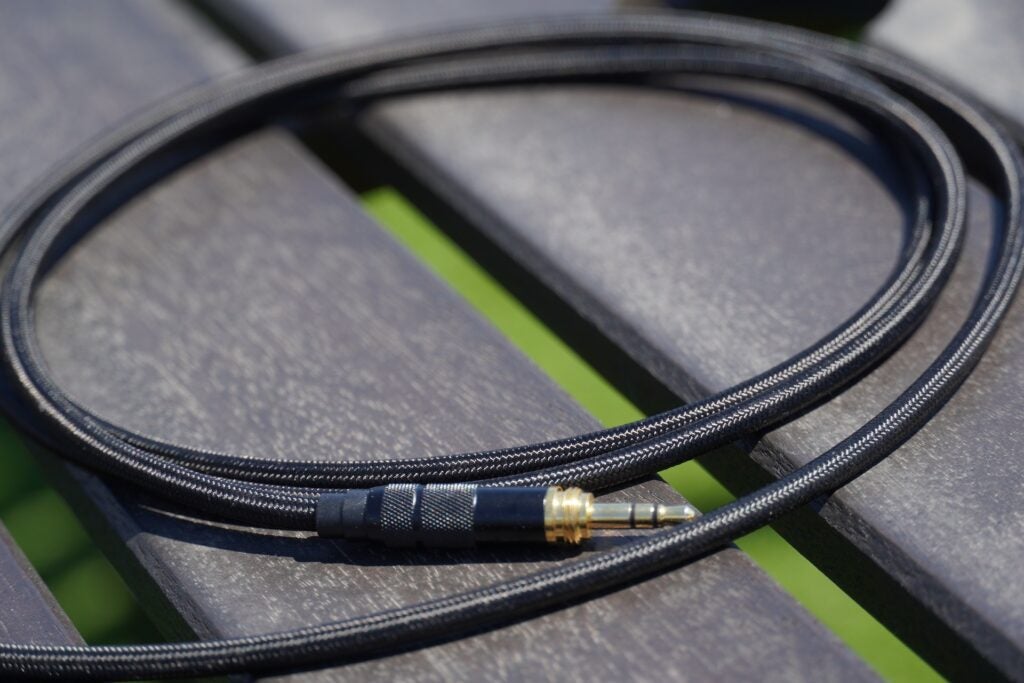
Frequency response occupies 5Hz – 50kHz. The range of human hearing is 20Hz to 20kHz, so frequency responses that wide can be misleading. However, it suggests the M1070 can receive audio signals within that range and the way the driver is tuned may result in sharper high frequency notes and increased bass depth and extension.
Speaking of the driver, the Monolith M1070 uses a 106mm planar magnetic transducer, which is the single biggest reason for its size (the Sendy Apollo open-backed cans have a 68mm transducer). The open-backed design of these headphones means they leak sound, granting them a wider, more spacious soundstage than you’d get from a closed-back pair. You can hear the difference when you cover the side of the earcups with a hand.

Total Harmonic Distortion describes how much noise there is in the signal passed through the headphones – the less the figure is, the clearer the sound (so it’s claimed). The M1070’s THD is rated at less than 0.1% at 100dB, which suffice to say is very little noise whatsoever.
Sound Quality
- Crisp, precise but at times clinical sound
- Punchy bass with crisp and clear highs
- Clean performance with little noticeable noise
Sonically the Monolith M1070 prove themselves an accomplish and fairly transparent performer compared to other headphones I listened to for this review. The soundstage is spacious but not the widest I’ve heard, and that’s something that frequently comes up through my time with the headphones.
The open-backed design allows the cans to breathe, but not necessarily spread sounds towards the extremities of the soundstage. There’s some nice stereo imaging in Sator from the Tenet soundtrack, the placement of the unsettling inhalations starts out wide and then head inwards the amplifies the creepiness of the breathing. It’s something that I don’t notice as much with the Sivga P-II, with not the same sense of travel as sounds move across the soundstage.
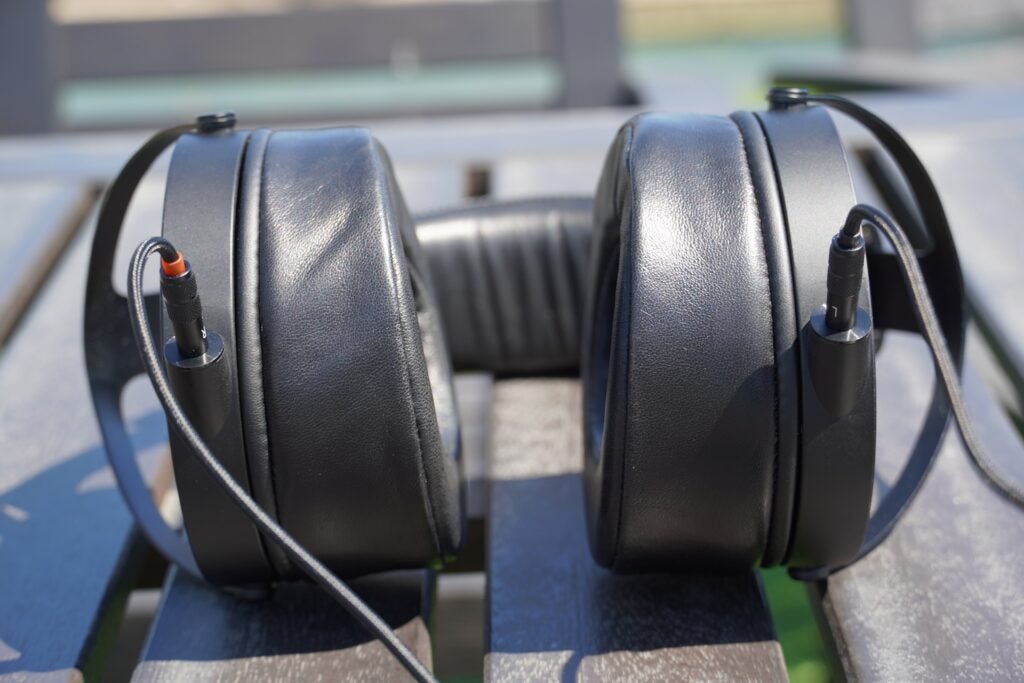
The Monolith’s soundstage is taller and wider, and deals in a better sense of organisation than the Sivga, with a stereo image that’s described in more precise and clearer terms.
With Miles Davis’ Shh / Peaceful on a Astell & Kern SE180, there’s a little more noise noticeable on the Sivga than the Monolith, but the Sivga arguably has more enjoyable treble and bass extension, sounding brighter and richer respectively.
Where the M1070 counters is in its tonal balance, much more even across the frequency range and taking a crisper path that unveils a sharper sense of definition with voices and instruments, as well as revealing more detail. While bass is weighty, the M1070’s taste for the low frequencies is more measured and understated rather than grabby and showy. The Monolith gives a more even account of the music I listen to, a more transparent and precise performance but they’re also not as much fun as the Sivga can sound.
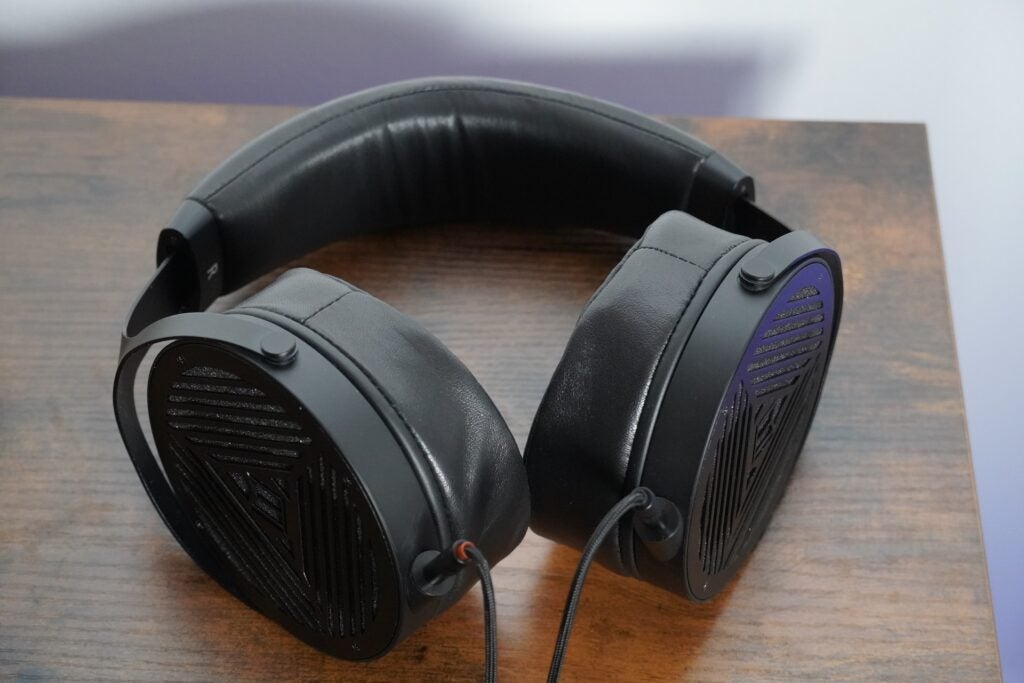
With Rebecca Pigeon’s version of Spanish Harlem, the M1070 relays her voice in a clear, clean, and precise manner, capturing the more delicate moments and steadfastly refusing to add any colour to the sound.
It’s an upgrade on the Sivga with more space between the instruments, leading to a better sense of clarity and definition. They’re not necessarily the most invigorating or enervating of listens on their own, but their transparency is welcome, especially if you’re someone after a more precise, clear and revealing sound at a relatively affordable price.
Latest deals
Should you buy it?
If you’re wading into audiophile waters for the first time
If you’ve not really dabbled with Hi-Res Audio, then these would be a good pair to start with, especially as they’ll need a good DAC/headphone amplifier to extract their potential.
If you’ve got a small head
These headphones are big and weigh a fair amount too. I didn’t have an issue in terms of comfort, but some others might, and that’s certainly worth considering before you hit the purchase button.
Final Thoughts
The Monolith M1070 are headphones for those looking for an affordable way into the more audiophile region of the market. They are fairly neutral and revealing in their performance, but do need a DAC/amplifier/portable music player to get the best from them.
If you’re looking for something more ‘fun’, I wouldn’t suggest this pair, and though they’re comfortable to wear, their size and weight won’t be for everyone. I’m intrigued by how the more expensive M1570 will fare having heard this pair.
How we test
We test every headphones we review thoroughly over an extended period of time. We use industry-standard tests to compare features properly. We’ll always tell you what we find. We never, ever, accept money to review a product.
Find out more about how we test in our ethics policy.
Listened to for more than a week
Used with streaming services, DAC, hi-res audio files
FAQs
We’d suggest you consider purchasing a headphone amplifier if you don’t already have one available. The impedance of 60 ohms indicates these over-ear headphones will need assistance in driving the sound, especially at higher volumes.
Full specs
Sustainability
Trusted Reviews’ holds the fact that global warming is not a myth as a core value and will continuously endeavour to help protect our planet from harm in its business practices.
As part of this mission, whenever we review a product we send the company a series of questions to help us gauge and make transparent the impact the device has on the environment.
We currently haven’t received answers to the questions on this product, but will update this page the moment we do. You can see a detailed breakdown of the questions we ask and why in our sustainability info page.
Jargon buster
Hi-Res Audio
Hi-Res audio is referred to as a standard as well as a marketing term that describes digital audio files of better-than-CD quality (16-bit/44.1kHz).




